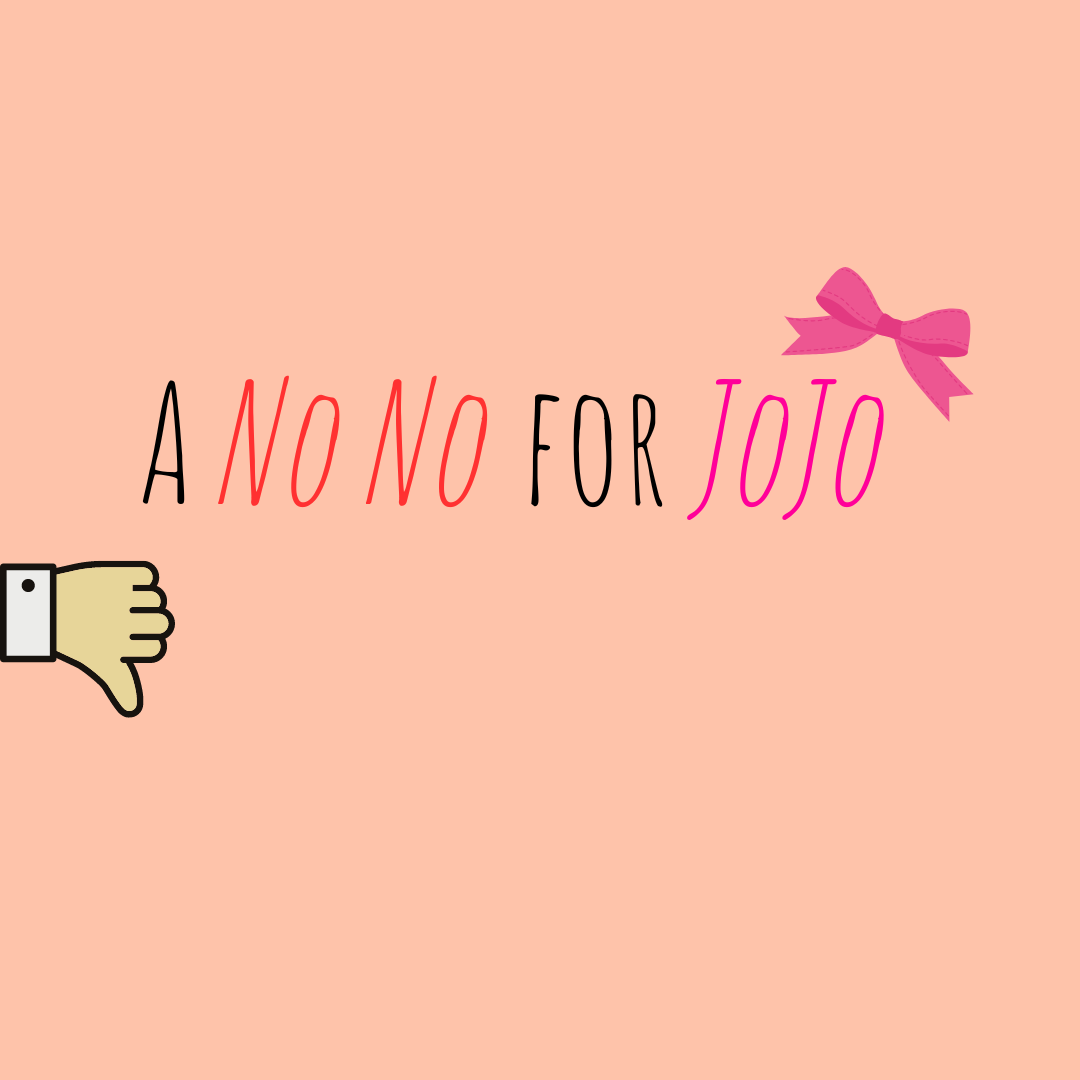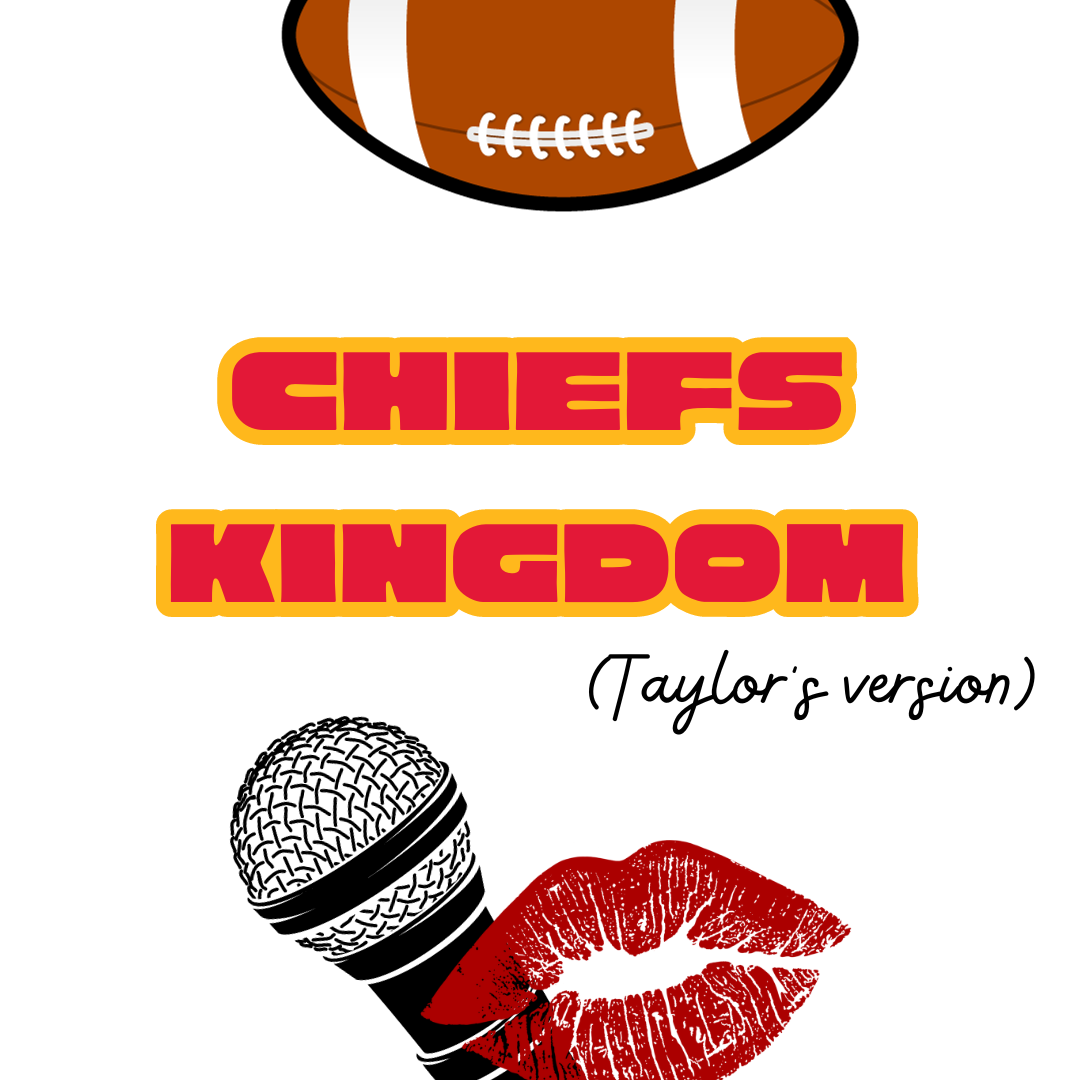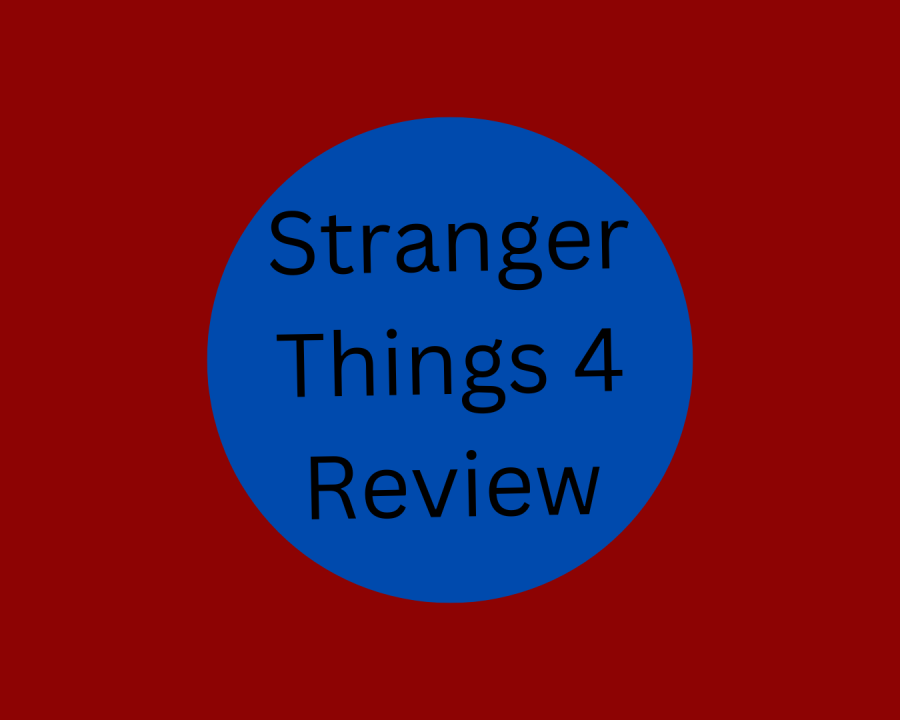On Feb. 10, 2011 the release of the Verizon Wireless iPhone revolutionized the pockets of Verizon customers all across the country.
The previously exclusively AT&T phone branched out to Verizon and the success was better than expected.
But, as the iPhone revolution takes another step towards total domination, consumers are forced to take a step back and determine what the “better” device really is: Android or iPhone?
Both phone operating systems offer a number of features that other phones cannot even begin to compare with.
Probably one of the most impressive features is the speed and power of these quasi-computers.
The notable EVO 4G offered by Sprint has a 1 GHz processor — faster than some laptops.
Such a processor allows the user to easily run multiple apps at one time all while maintaining quick and fluid movements.
“The processor is fast and easy to use,” junior Emily Love said about her Sprint EVO 4G, an Android device.
Another noteworthy attribute of the devices is the extensive “app market” on both operating systems.
Though currently the Apple market offers more apps, Android is slowly catching up.
All competition aside, both markets have enough apps to keep even the shortest attention span satisfied with the selection.
Whether it’s social network sites like Twitter or Facebook or games like Angry Birds and Bejeweled, there is something for everyone.
“My favorite is the Twitter [app],” junior Maggie Gore said, when talking about her iPhone. “It gives me easy access to my Twitter account when I’m on the go.”
Though both phones have enough power to run Blue Valley Southwest, it does not come without compromises.
For one, the massive screens on the devices, which are convenient for watching the KU game on the go, make the phones bulky and hard to fit in the palm.
The screens also run the battery down big time.
“The battery life is terrible,” Love said.
And, one can guess that so much power comes with a powerful price tag.
Even though Android phones start at $50, some of the more complex phones are nearly $300.
iPhone prices are a bit higher, with the 16GB which costs $200, and the 32GB, which costs $300. But in the end, the capabilities cover the price.
Currently, the iPhone is only available through AT&T and Verizon, whereas Android devices can be purchased through all major carriers, including locally-based Sprint.
There are plenty of great devices that can go toe-to-toe with the iPhone any day. Even though both operating systems have drawbacks and cost quite a bit, the investment and minor setbacks are worth it.
“I’m very happy with my [iPhone],” Gore said. “It’s a great device.”
So, next time the elusive phone upgrade is available, consider shelling out the extra dough for the speed and convenience boost. It’s worth it.







